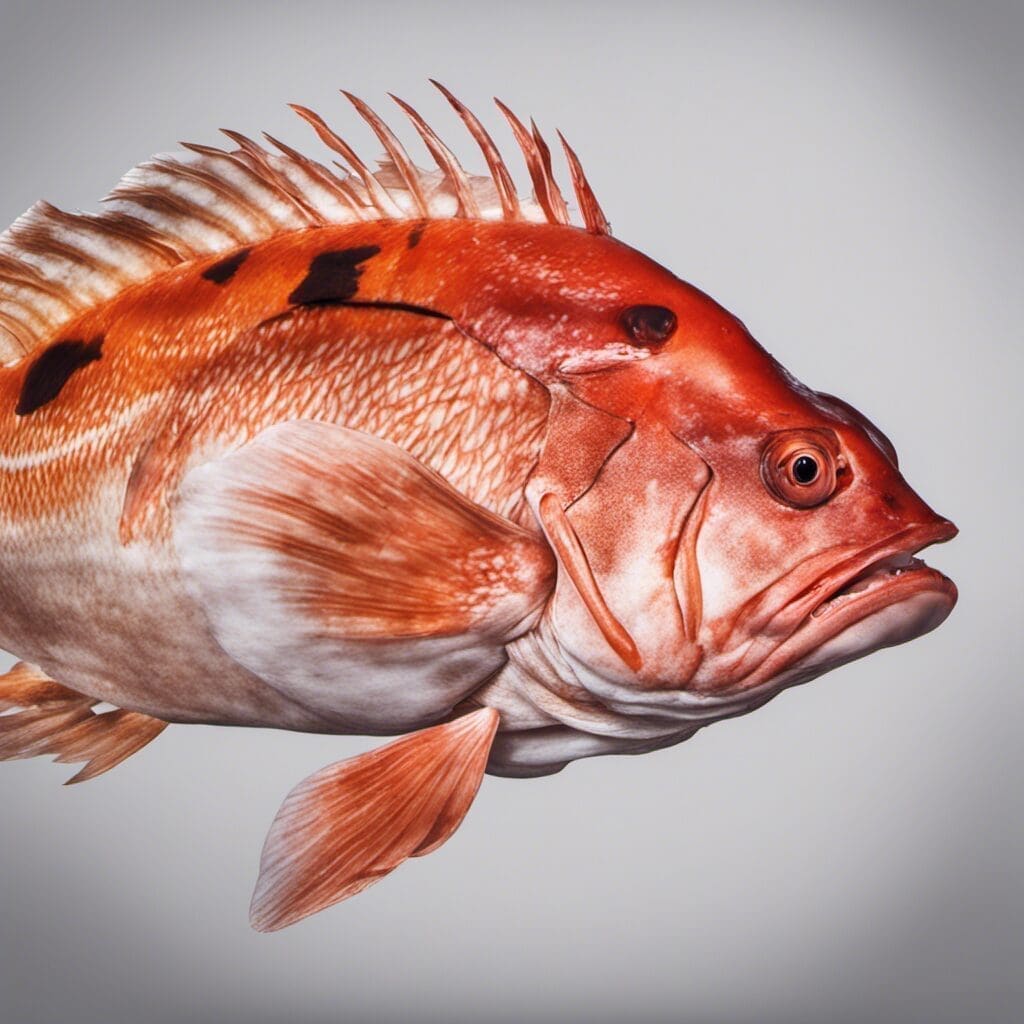Introduction
The Chilipepper Rockfish, or Sebastes goodei, belongs to the Scorpaenidae family. This species of fish has piqued interest amongst fishing enthusiasts and researchers alike in recent years due to its striking appearance and adaptive behaviors.
Conservation Status
At present, the IUCN Red List classifies the Chilipepper Rockfish as “Least Concern”. Efforts to maintain its population includes strict adherence to fishing guidelines and regulations imposed by local and international governing bodies.
Statistics
Fishing enthusiasts and marine biologists usually find interest in studying the elements of the Chilipepper Rockfish. Here are key statistics of this species:
| Statistic | Average | Range |
|---|---|---|
| Length | 50 cm | 25-61 cm |
| Weight | 2.5 kg | 1-4 kg |
| Lifespan | up to 44 years | |
Distribution
Throughout its life, a Chilipepper Rockfish can be found in the Pacific Ocean, particularly between Vancouver Island, Canada and Punta Blanca, Mexico. Younger Chilipeppers may travel in large groups or ”schools”, while older ones are a bit more solitary.
Habitats
Fitting quite well in sub-tropical climates, a Chilipepper Rockfish thrives in saltwater. They can reside within a depth range of 50-400 meters and enjoy a temperature of about 6 to 15 degrees Celsius.
When and Where to See
Primarily nocturnal, they are best observed during the cover of night. However, during certain periods, particularly from May to August, they travel closer to shore making them more visible to divers and anglers.
Best Fishing Locations
If casual observers are looking to catch a glimpse of this fish, here are prime areas to consider:
- Vancouver Island, Canada
- Punta Blanca, Mexico
- Monterey Bay, California, USA
- San Francisco Bay, California, USA
Fishing Tips
For the best experience, try deep-sea fishing during late spring and summer. Use equipment suitable for handling the depth and current of the waters these fish inhabit.
How to Catch
Try cut baits – squid, anchovies or mackerel. Bottom fishing and trolling are recommended ways to catch this fish. Best seasons for catching are between spring and late summer.
Identification Guide
This species exhibits a distinctive red to orange-red coloring. It distinguishes itself from other rockfish species by its pointed snout and sharp, slender lower jaw.
Culinary
The chilipepper rockfish offers a light, delicate flavor, making it a favorite for fish tacos and ceviche. Being high in protein and low in fat, it makes for a healthy meal. Their size also makes them excellent for grilling.
Additional Information
Apart from its culinary use, it’s notable for its internal bioluminescent organ, a feature only shared with a few other rockfish species. While the Chilipepper Rockfish has few natural predators, commercial and sport fishing poses the most significant threat to its population.
References and Further Reading
For more information, the MarineBio Conservation Society and Sealifebase.org offer comprehensive resources about marine species, including the Chilipepper Rockfish. Books such as “Field Guide to North American Fishes” consist extensive data on various fish species.

